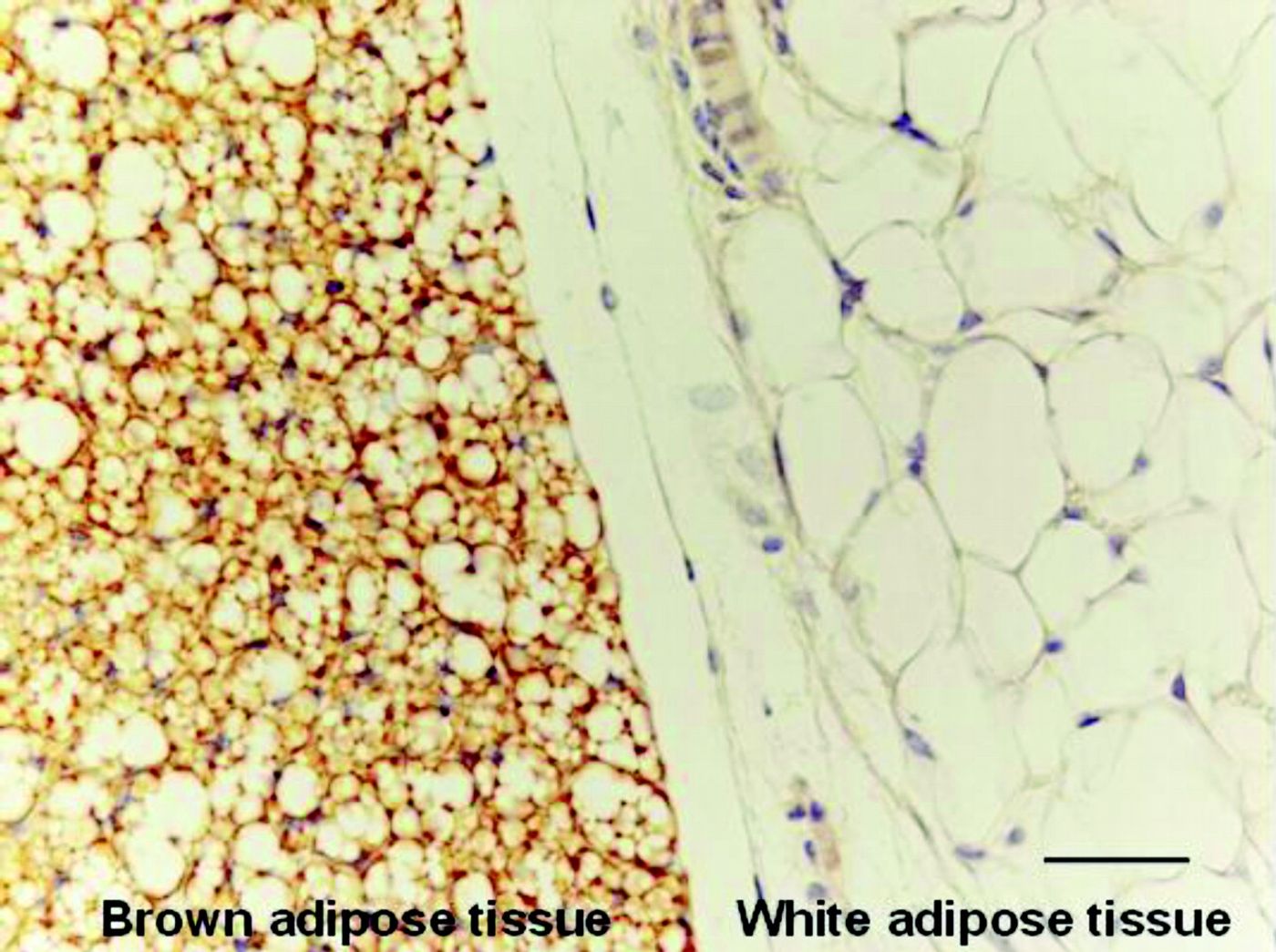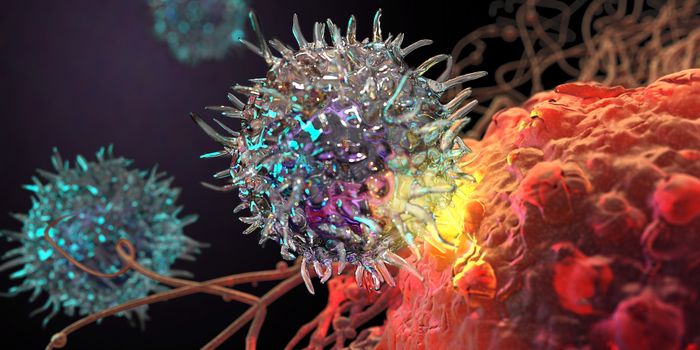Not all fat are bad – brown fat actually act as fuel for the body to stay warm and maintain healthy weights. Now, scientists are attempting to tweak the body’s genetics so as to increase brown fat to fight obesity.

Body fat comes in different shades with different functions. The one that’s commonly known and most vilified is white fat, named based on the color seen under the microscope. This fat is the body’s way to store energy. Consequently, when the body has excess nutrients, it will convert this energy into excess fat – seen as white to yellow fatty tissue with the naked eye.
By contrast, brown fat doesn’t store energy; rather it functions to burn calories to generate heat. "Instead of storing fat, brown fat helps you burn it, like a fireplace," said Weiqin Chen, professor at the Medical College of Georgia at Augusta University. Babies have this fat to help them stay warm and regulate body temperatures. But this so-called “healthy fat” is a rare commodity in adults.
And so, Chen landed a grant from the American Heart Association to research how to increase brown fat in adults. In particular, her team is focused on a gene known as BSCL2, which seems to be critical for brown fat development and maturation.
“What we are trying to do is promote what's called human thermogenesis," Chen said. "While brown fat doesn't really increase your temperature, it helps turn the body into a place that burns rather than stores fat, much like exercise does. That is why it's considered more metabolically active."
"What regulates [brown fat and
BSCL2] is still a mystery," she said. Furthermore, "What is the molecular target of this gene?"
In mice without this gene, Chen noted the animals had smaller brown fat pads during development. These mice also were more susceptible to obesity when they got older. But the biological regulation of these pathways may be more complicated than meets the eye.
Additional evidence that
BSCL2 is involved in fat production comes from a condition known as Berardinelli-Seip congenital lipodystrophy, where the
BSCL2 gene is mutated. Patients don’t have body fat; instead, the fat is deposited on major organs. This puts patients at high risks for diabetes, heart failure, and other life-threatening conditions.
"That means it clearly plays a role in fat production and regulation," Chen said. Exactly how it influences the body’s brown fat levels remains to be elucidated. But Chen and her team are hopeful that this research could result in a new way to combat the rising obesity epidemic.
Additional source:
Augusta University
 Body fat comes in different shades with different functions. The one that’s commonly known and most vilified is white fat, named based on the color seen under the microscope. This fat is the body’s way to store energy. Consequently, when the body has excess nutrients, it will convert this energy into excess fat – seen as white to yellow fatty tissue with the naked eye.
Body fat comes in different shades with different functions. The one that’s commonly known and most vilified is white fat, named based on the color seen under the microscope. This fat is the body’s way to store energy. Consequently, when the body has excess nutrients, it will convert this energy into excess fat – seen as white to yellow fatty tissue with the naked eye.







